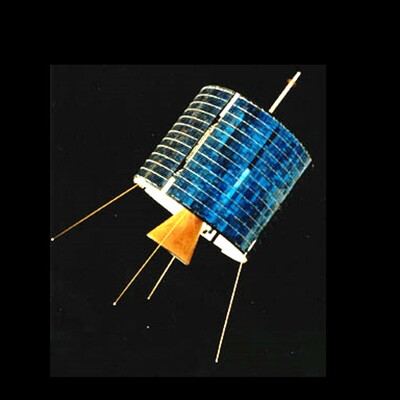The aging power-challenged Voyager 1 spacecraft suffered another glitch 2 weeks ago – it stopped calling home on its regular channel. Here is the sequence of events that transpired -
Oct 16 – Command sent to turn on a heater
Oct 18 – X-band signal lost; team surmised that the power-overload triggered the fault protection system and Voyager switched to a low-rate low-power X-band mode
Oct 18 – DSN looked for lower-rate X-band signal and found it
(contd)
https://blogs.nasa.gov/voyager/2024/10/28/after-pause-nasas-voyager-1-communicating-with-mission-team/
#Voyager
1/n

@AkaSci@fosstodon.org Even calling out a “CPU” feels like a bit of stretch; the formal name is “CCS”, and it’s flight heritage from the Viking landers (but not the Viking orbiters, which were modified Mariner 9s). The CCS has 70 kb memory, which was cutting pretty close even back then, but they couldn’t afford a new computer and had to use the Viking design.
@simonbp @AkaSci Lol–sounds like Spock would say the Voyager computers are made “with stone knives and bear skins.” :)
@elaterite @simonbp
Looks like the Voyager CCS computer had just 4k 18-bit words of plated-wire memory.
Instructions consisted of a 6 bit op code and 12 bit address. This permitted 64 instructions and 4K of direct addressing.
Average instruction cycle time was 88 us (11.4 KIPS).
13 registers incl an 18-bit accumulator, 12-bit program counter, 12-bit link register that pointed to the next address to be read, and a 4-bit condition code register.
https://ntrs.nasa.gov/api/citations/19880069935/downloads/19880069935_Optimized.pdf